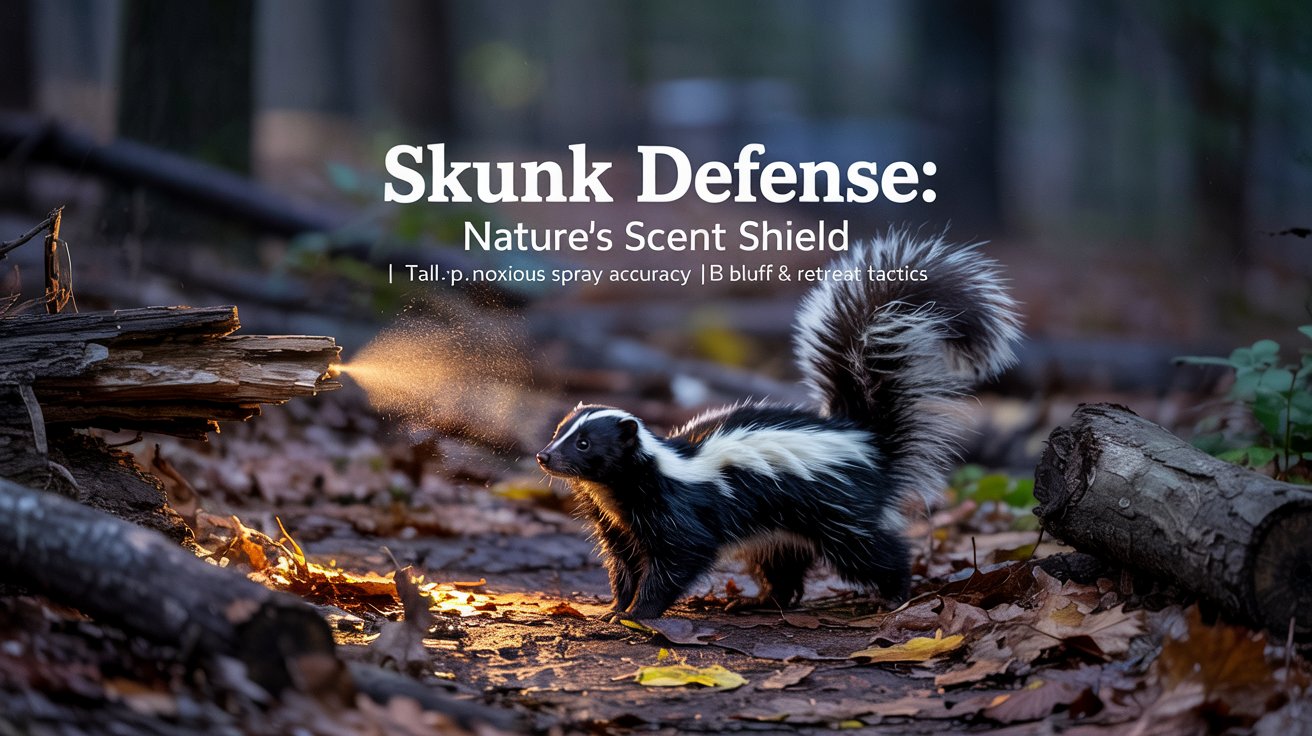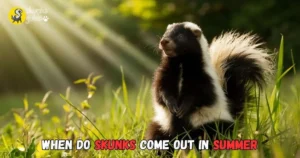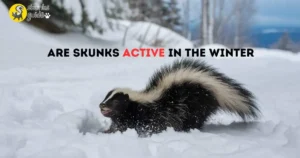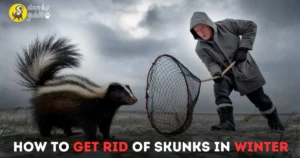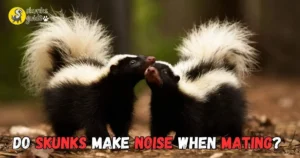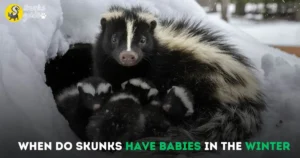How Does a Skunk Protect Itself?Exploring Skunk Defense Mechanisms
Skunks are masters of self-defense, using a potent mix of chemical and physical tactics to ward off predators like coyotes, foxes, and even curious pets. Their iconic skunk spray defense is just one part of their arsenal. In this article, we explore how skunks protect themselves, diving into their skunk defense mechanisms, biological adaptations, and practical tips to avoid conflicts. Learn how these small animals thrive against enemies and what makes their skunk protection methods so effective!
Skunk Defense Mechanisms: A Multi-Layered Strategy
Skunks face threats from predators like owls and bobcats, yet their natural defense mechanisms of skunks make them surprisingly resilient. A 2023 wildlife study estimates that skunk defenses deter 90% of predator attacks. Here’s how they do it:
Skunk Spray Defense: Nature’s Chemical Weapon
The skunk spray is a foul-smelling liquid from anal scent glands, composed of sulfur-based thiols. This skunk odor defense is one of the most effective chemical defenses in animals. Key features include:
- Range: Up to 10 feet, targeting a predator’s eyes and nose.
- Effect: Causes irritation, nausea, and temporary disorientation.
- Capacity: 5–6 sprays before a 10-day recharge period.
Skunks don’t spray immediately. They use skunk warning signs like hissing, foot stomping, and tail raising to scare off threats first, conserving their spray for true danger.
Anatomy of a Skunk’s Spray
The skunk’s anal glands are muscular sacs that store the pungent liquid. According to the National Wildlife Federation, these glands are connected to nipples that allow precise spraying. The spray’s odor can be detected up to 1.5 miles away in windy conditions, making it a powerful predator deterrence in skunks. This unique anatomy sets skunks apart from other mammals, ensuring they can defend themselves without physical combat.
Physical Defensive Tactics of Skunks
Beyond their spray, skunks use physical strategies to avoid harm. These defensive tactics of skunks include:
| Tactic | Description |
|---|---|
| Posturing | Puffing up and arching back to appear larger. |
| Running | Fleeing at speeds up to 10 mph to escape. |
| Burrowing | Hiding in dens or underbrush. |
| Feigning Death | Playing dead to confuse predators (rare). |
These tactics make skunks less appealing targets, complementing their skunk spray defense.
Skunk Behavior When Threatened
Skunk behavior when threatened is methodical. Skunks are shy and avoid fights, using a clear sequence to deter enemies:
- Warning Signals: Hiss, growl, or stomp feet.
- Tail Raise: Aim spray glands by lifting their tail.
- Spray: Deploy only if the threat persists.
This approach, noted in the competitor article from Skedaddle Wildlife, minimizes confrontations, as skunks prefer flight over fight.
How Skunks Compare to Other Animals
Skunks’ animal self-defense tactics are unique but share traits with other species. Unlike porcupines, which use quills for physical defense, skunks rely on chemical deterrence. Armadillos roll into armored balls, while skunks use bold coloring to warn predators. This comparison highlights why skunks’ skunk protection methods are so effective: their spray combines immediate impact with lasting deterrence, unlike passive defenses.
Real-World Example: A Skunk’s Stand
In a 2024 suburban incident reported by a Georgia wildlife agency, a skunk successfully deterred a coyote by stomping and spraying when cornered near a trash can. The coyote fled, proving the skunk’s predator deterrence in action. Such cases show how skunks’ defenses work in real-world scenarios, protecting them without physical harm.
Protecting Pets from Skunk Defenses
Skunks often encounter pets in urban areas, leading to spray incidents. To avoid their skunk defense mechanisms:
- Indoor Nights: Keep pets inside at dusk and dawn, when skunks are active.
- Secure Food: Remove pet food and trash to deter skunks.
- Motion Lights: Use motion-activated lights to scare skunks away.
- Seal Entries: Block access to sheds or decks.
If sprayed, use this vet-recommended mix: 1 quart 3% hydrogen peroxide, ¼ cup baking soda, 1 tsp dish soap. Apply to fur, rinse, and repeat (avoid eyes).
Frequently Asked Questions
How Far Can a Skunk Spray?
Up to 10 feet, with precision to hit a predator’s face.
Do Skunks Always Spray When Threatened?
No, they use skunk warning signs like hissing or stomping first.
Can Skunk Spray Harm Pets?
It causes irritation but rarely serious harm. Use the cleaning mix above to remove the odor.
Conclusion
How does a skunk protect itself? With a potent skunk spray defense, physical tactics like posturing, and clear skunk warning signs, skunks deter predators effectively. Their unique skunk defense mechanisms ensure survival despite their size. Protect your pets by securing food and staying vigilant. Seen a skunk in action? Share your story below!

